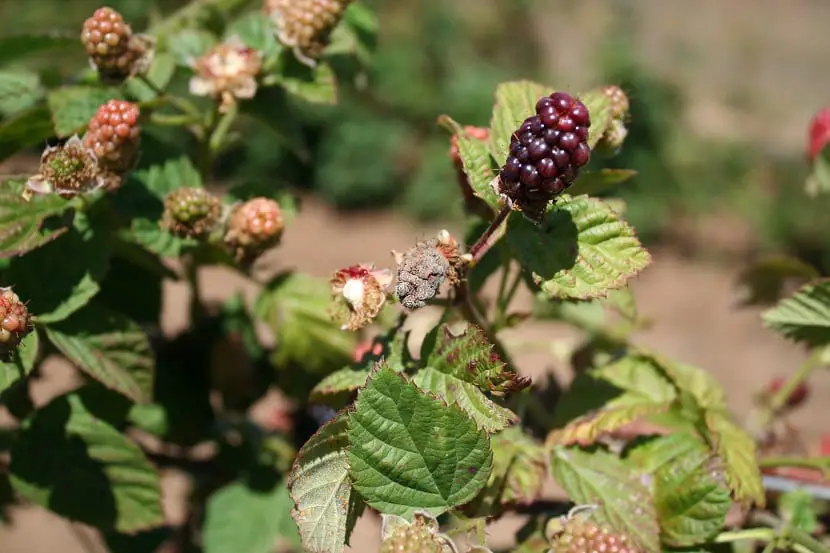

To be able to talk about why is mold growing on plantswe must know in detail what mold is a fungus that not only appears indoors, but is also present outdoors, there are currently thousands of kinds of fungi and some kinds are still unknown, since mold is spread by spores and reproduces the same.
This grows in humid, hot and wet conditionswhich means that during the course of the year the humid and warm stages allow and favor the growth of this fungus. In closed spaces, mold can be found or developed in places with high humiditysuch as showers or basements and in open places, it occurs in humid places where there is decomposition of leaves or any other type of vegetation.
The question is, why does mold grow on the plants?


The answer it’s pretty simplethe chances of mold developing in an indoor pot are higher than in an outdoor one or in fields, since indoor pots are mostly used for decorate the inside of the housein addition to that it purifies the air, until mold appears and passes harm the environment present in the home, which means that these pots are not exposed to a good quality of sun as those found outside.
Also one of the factors that mold is present in these plants is because pots don’t drain water wellyou have to make sure that the holes in the lower part of the pot are not clogged with a lot of soil, that is why it is recommended that all the pots have large stones in the lower part so as not to clog the holes and that you can drain the water successfully
Now taking into account why is mold growing on plantswe must find the perfect way to avoid this great problem.
How to eliminate mold on indoor plants?
The fungus can not only come out on the leaves of plants, but it also manages to come out in the soil of your potsUnlike the leaves, these are presented only on the upper part of it, you can use a glove or a shovel to remove them from the surface.
If you notice that mushrooms expanded into the pot, you will have to change the pot plants to a healthy mold free.
As well the land must be kept clean of already dead leaves and garbage that fall into the pot, it should be prune the plant occasionallyespecially if we see that a twig is growing mold, so pruning it is recommended and at the same time healthy so that the fungus cannot spread to other parts of the plant and prevent it from getting to the root and can kill our precious indoor plants.


Also other of the most effective ways is take the plants outdoors which we have already diagnosed that have mold, this will help if the mold is active, to be able to neutralize them and to be able to remove it more easily.
The use of baking soda to kill mold on plants dates back to 1933 and that is when a wet baking soda mix comes into contact with the fungus, causes a reaction that causes the cell wall of the fungus to burst, killing it. Several studies suggest that baking soda alone is less effective than when mixed with oil and soap to help spread and adhere to the plant.
Combine 1 tablespoon of baking soda, 1 teaspoon of oil, and 1 teaspoon of Marseille soap in one liter of water. Spray the plants once a week to kill mold.
You can also dilute milk in a spray bottle using 1 part of milk to 9 parts of water. Spray the leaves and stems of the plants and reapply the diluted milk weekly to help prevent growth. Avoid the temptation to use a stronger solution.
